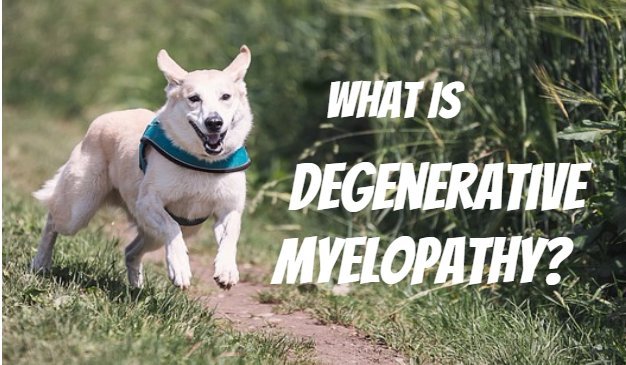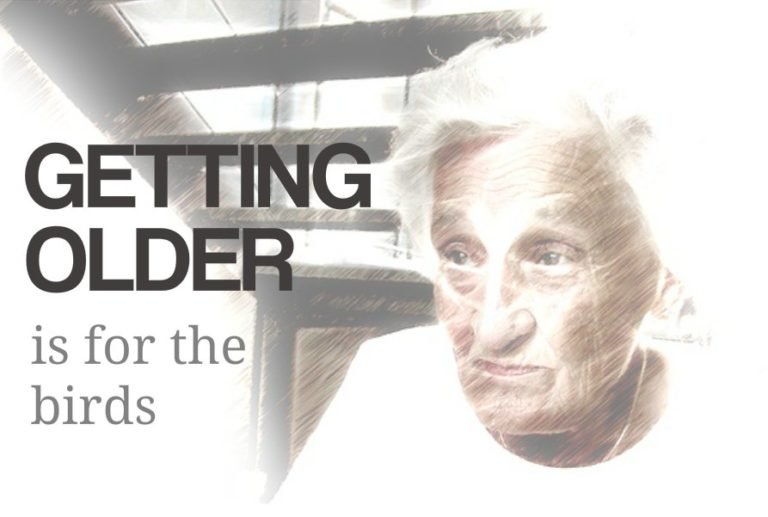
Two words: Degenerative Myelopathy. Even after you’ve practiced pronouncing it a couple of times, it’s still scary. The good news: it doesn’t have to spell the end of the road for your dog.
What IS Degenerative Myelopathy?
Apparently, degenerative myelopathy affects dogs between the ages of 8 and 12 primarily and is a progressive disease of the spinal cord. The tell-tale signs of this disease are:
- Dragging one, or both, rear limbs on the ground while walking.
- Curling toes that don’t straighten out naturally before the dog puts its weight on it, also known as “knuckling”.
One website even went as far as to say dogs that are black, have long bodies, and short legs are at risk. In other words, they’re describing my Miniature Pinscher, by the sounds of it. And that’s not good.
Another article pointed out that once the symptoms start, you can expect your dog to pretty much be lame in about six months to a year. Your dog may also lose the ability to hold in the pooping and peeing. I think I’ve seen doggie diapers somewhere …
Veterinarian Visit
Later on this afternoon, our dog has a visit scheduled to see “Dr. Eric.” One way or another, he will put our minds at rest, “we” being myself and my husband. I’ve printed out the page I found on the web about degenerative myelopathy and will show it to the vet. There are medicines specifically for this ailment, and some that aren’t (meds that have been developed to treat another illness) but have been shown to improve the overall condition of degenerative myelopathy.
Natural Remedies

This morning, I was online researching natural remedies, or aids. I came across The Pet Health and Nutrition Center, located in Connecticut. I searched and up popped a nice option that consisted of four bottles of natural meds: a Vitamin Supplement, Myelin Sheath, Nerve Tonic, and Immune Balance. I eagerly and optimistically placed an order. They ship via Express Mail, which is good because I can’t wait to give them to my doggie to make her feel “happy” again.
For Whom Am I Doing This?
I question myself, and others, who won’t accept death as the primary option. I have to ask, who am I doing this for? The dog? Myself? It’s a mix of both I guess.
The major reason: you don’t want your dog to die. On the other hand, you don’t want to see your dog suffer unnecessarily, just because you selfishly want your dog to stick around.


